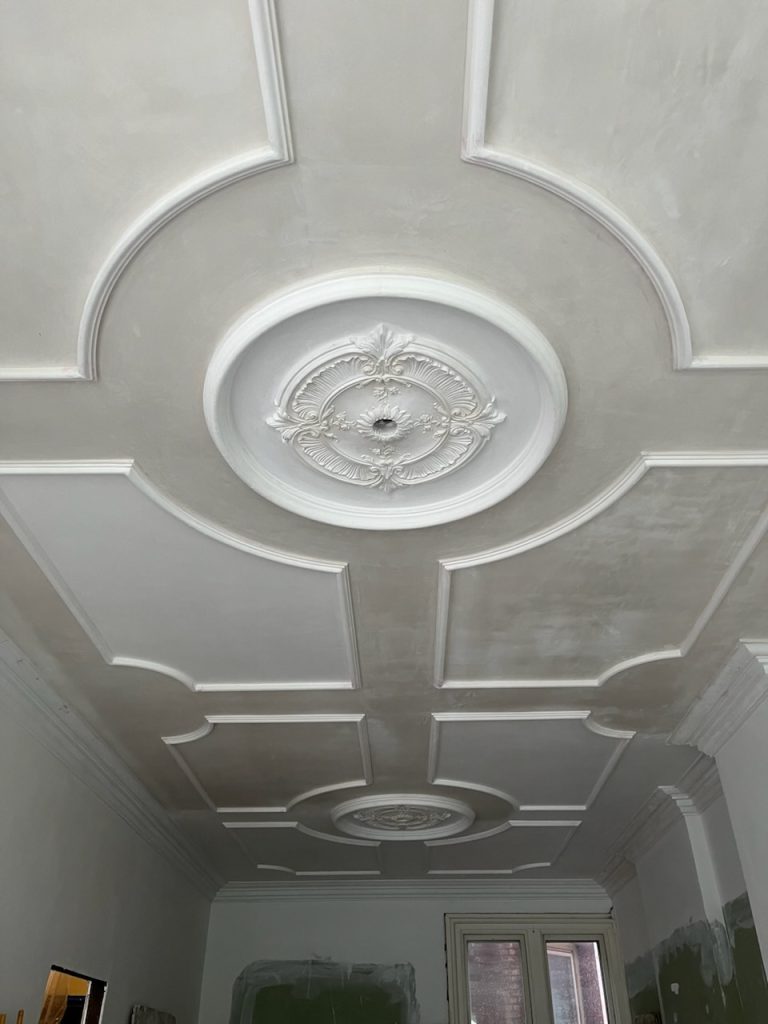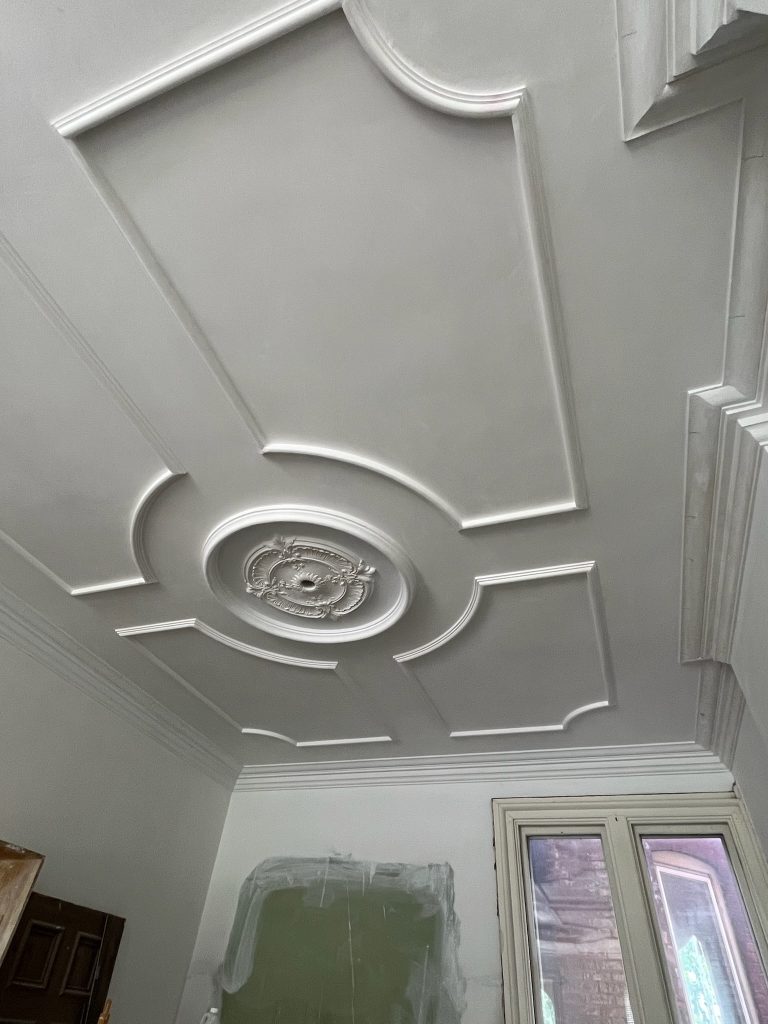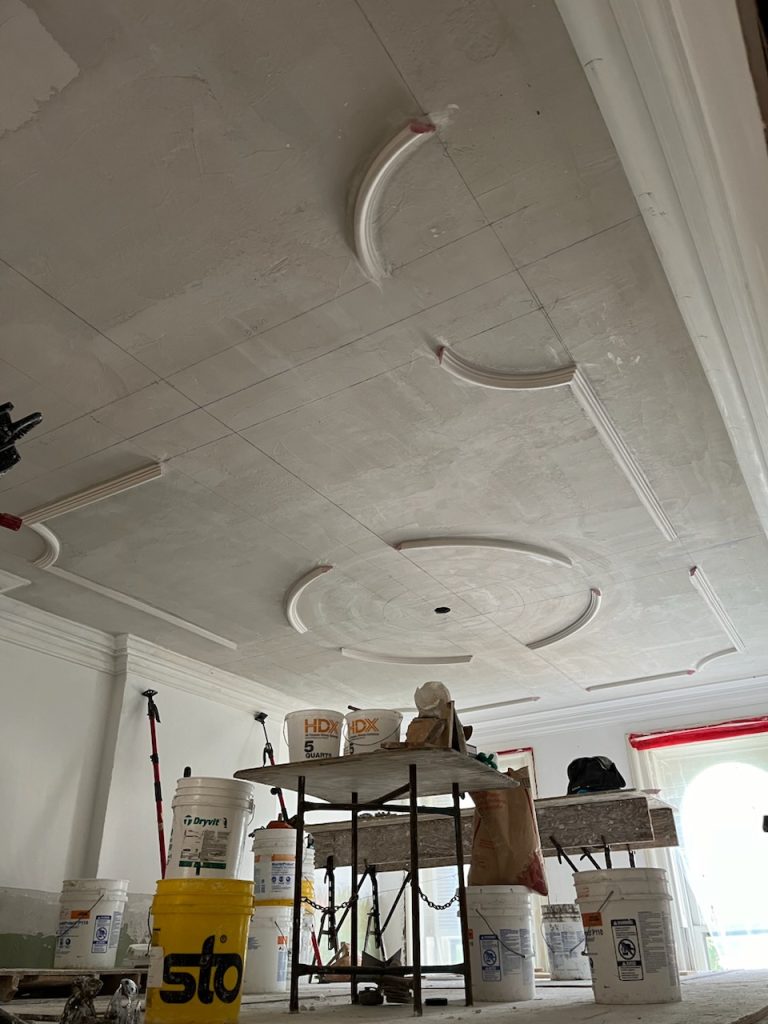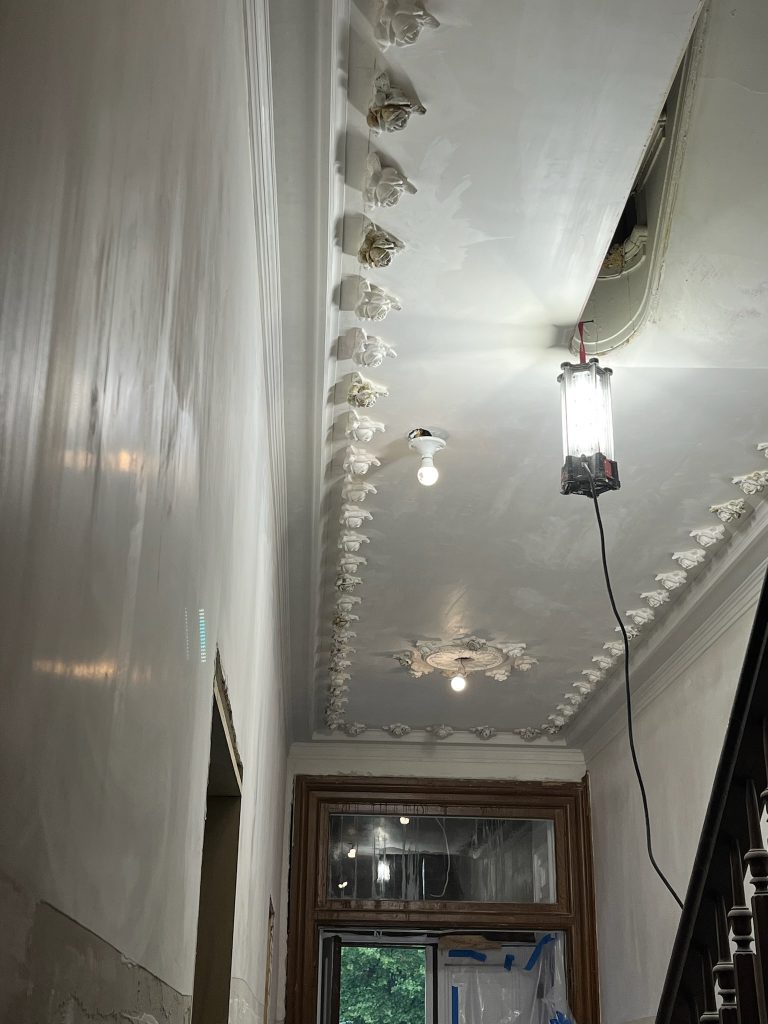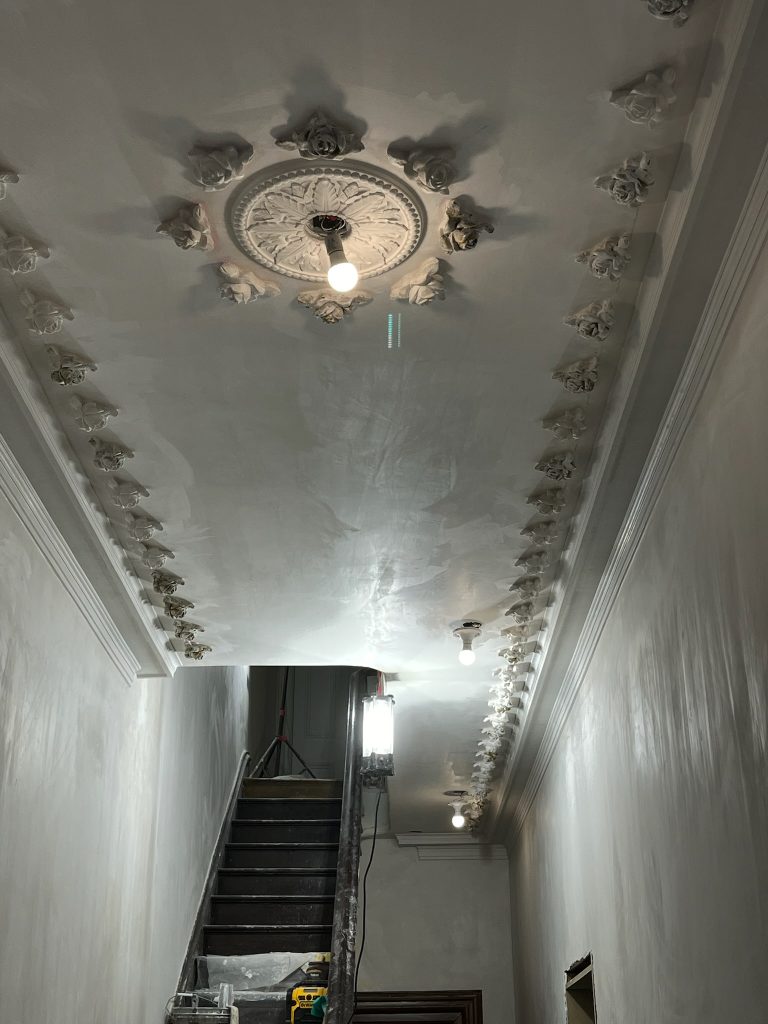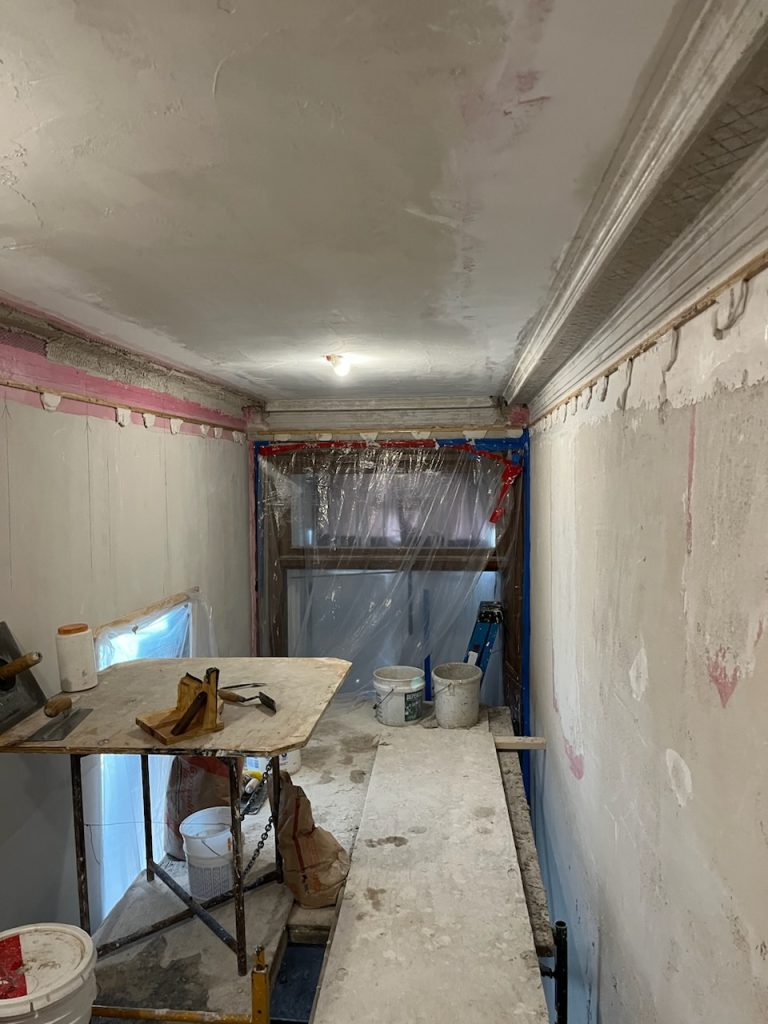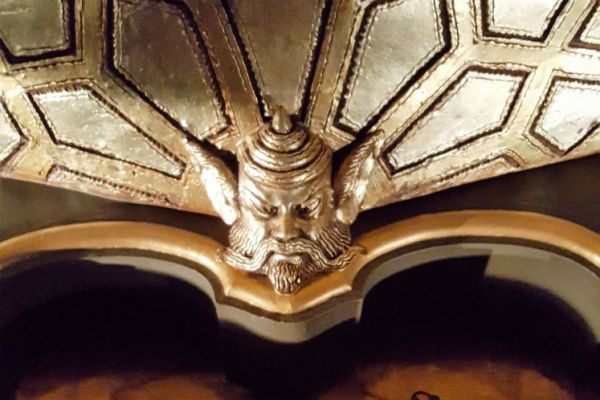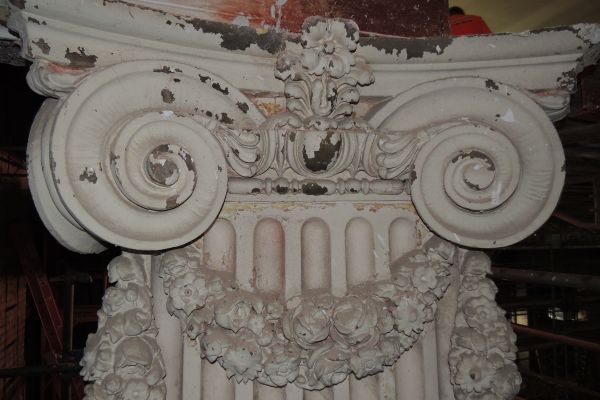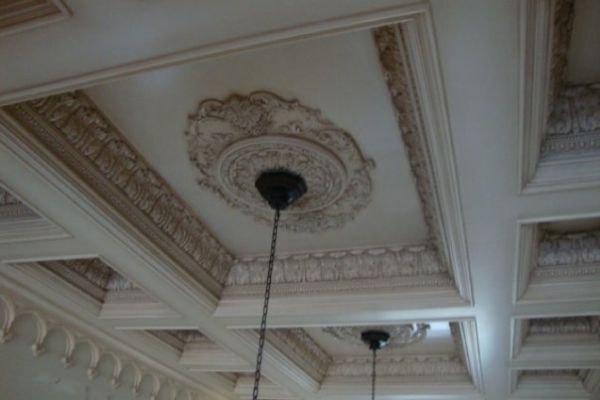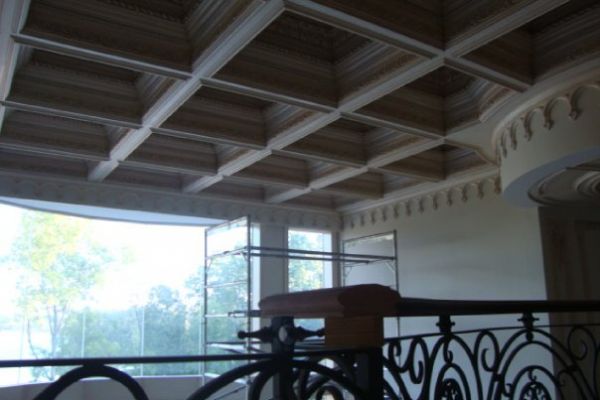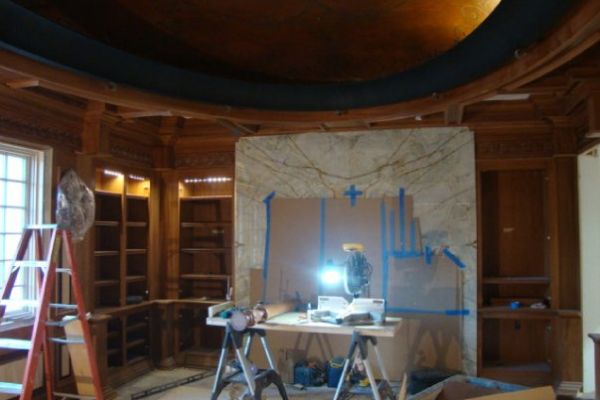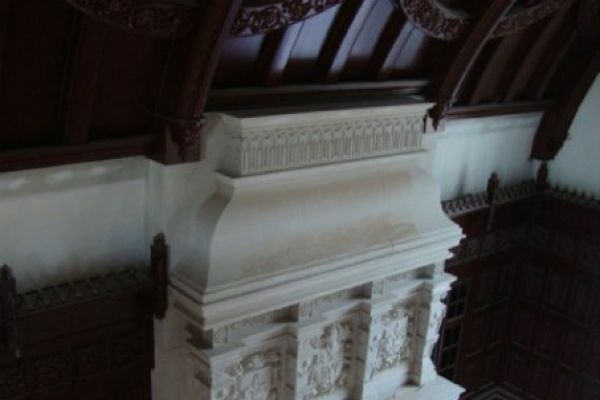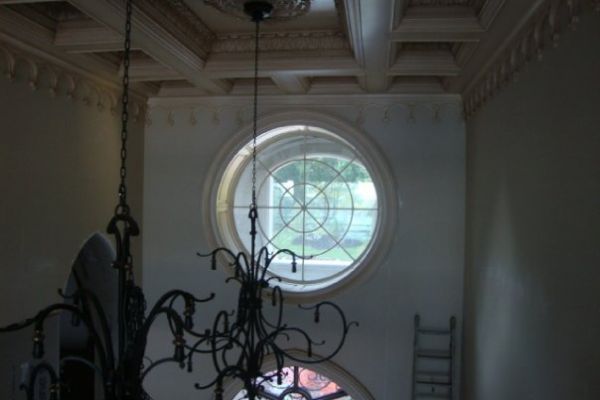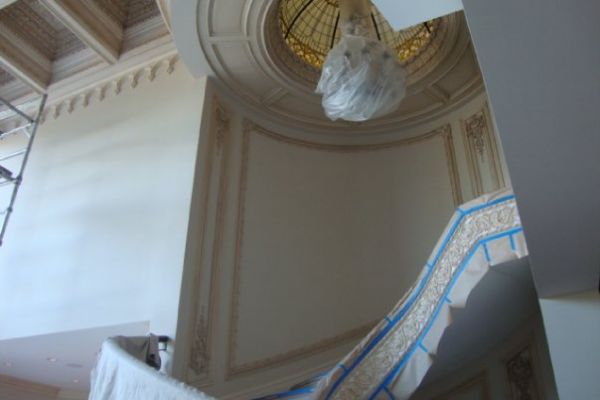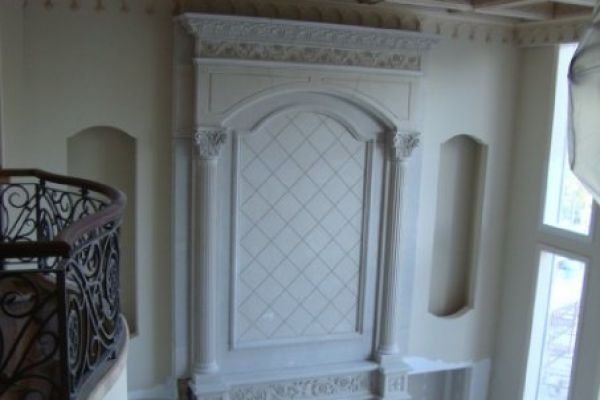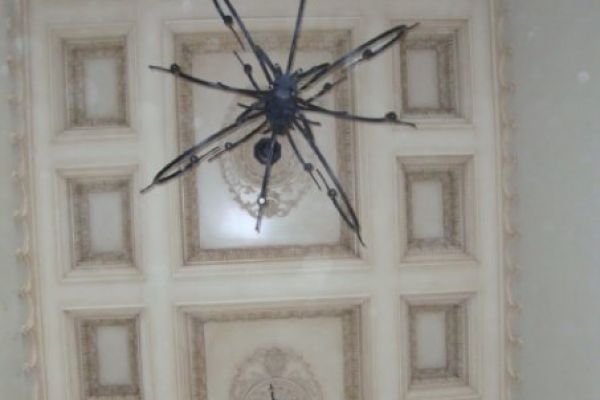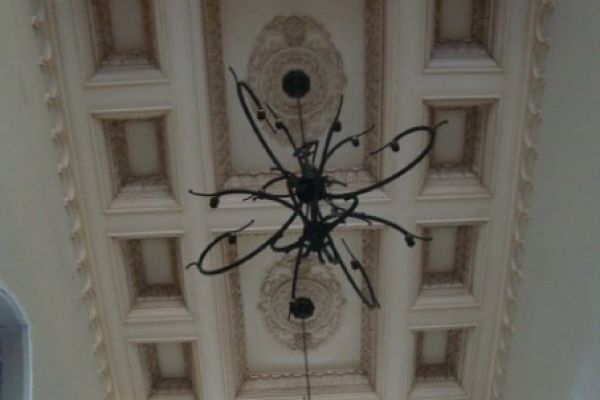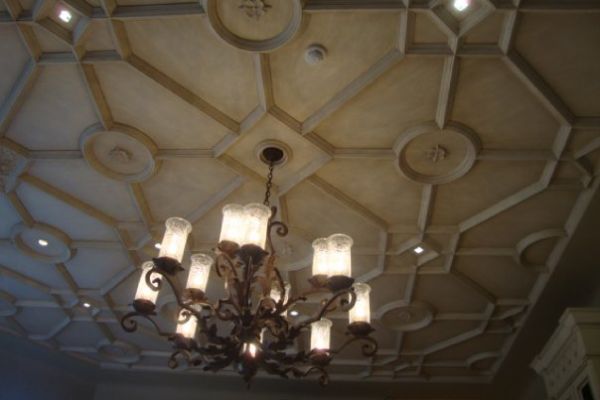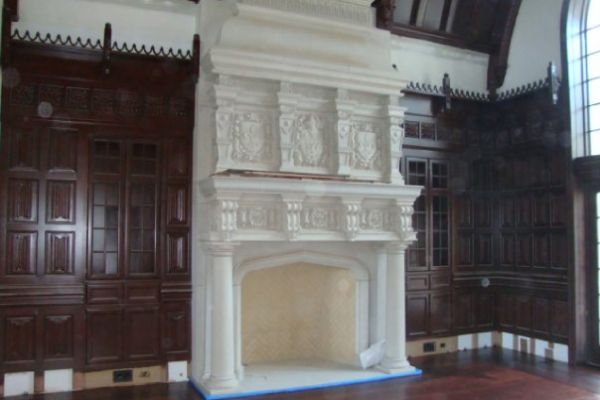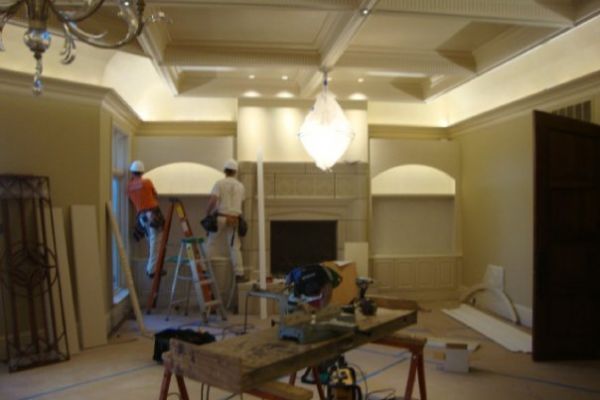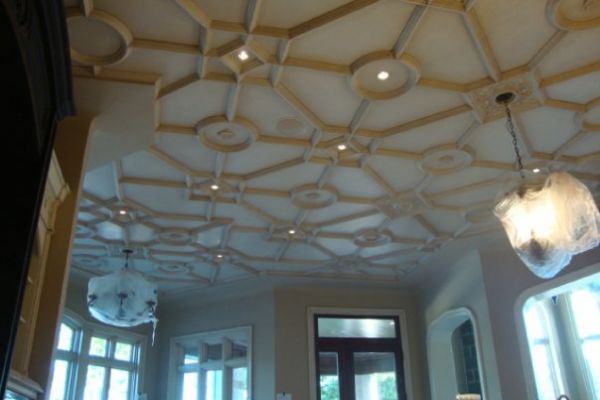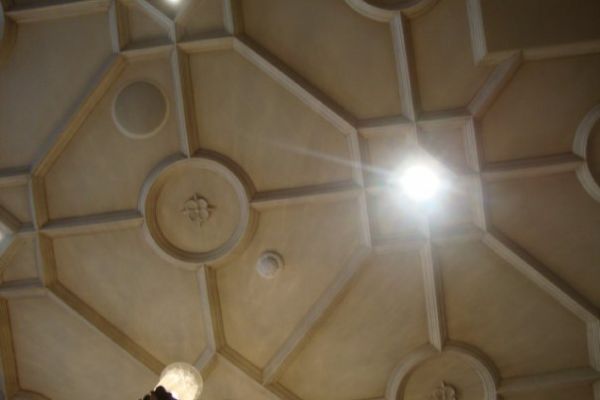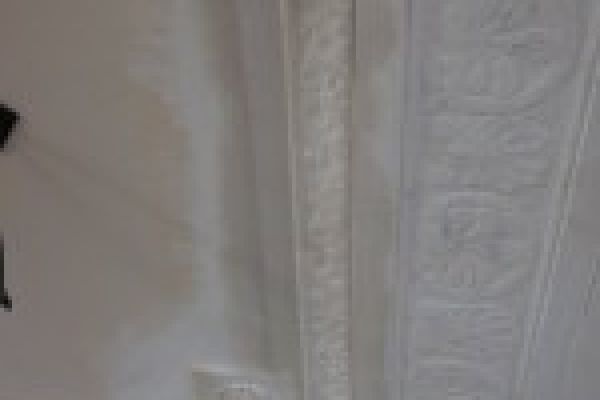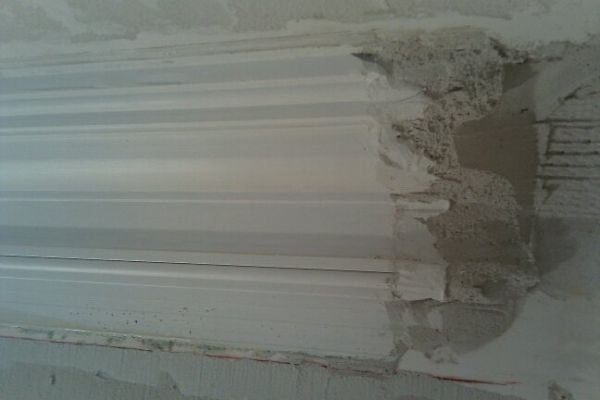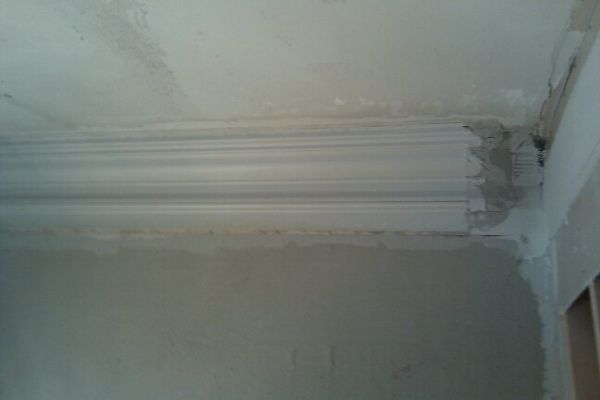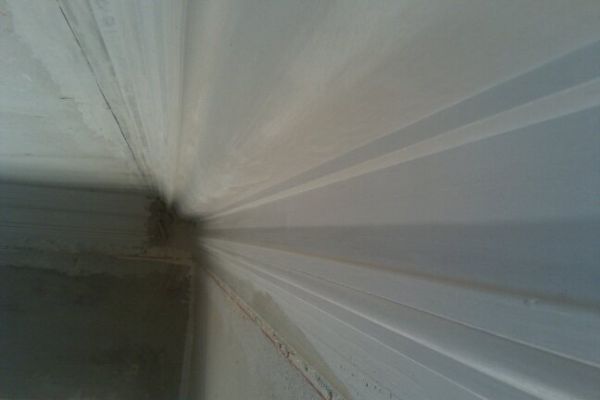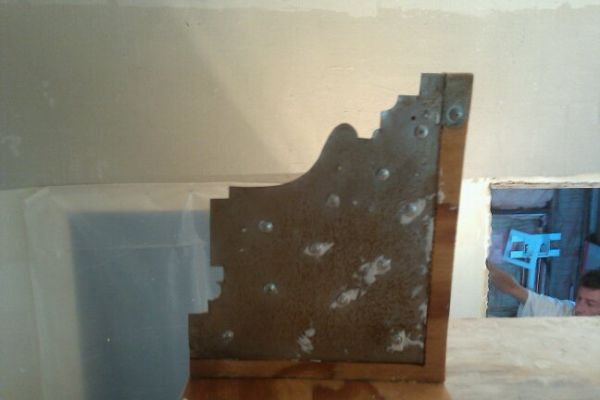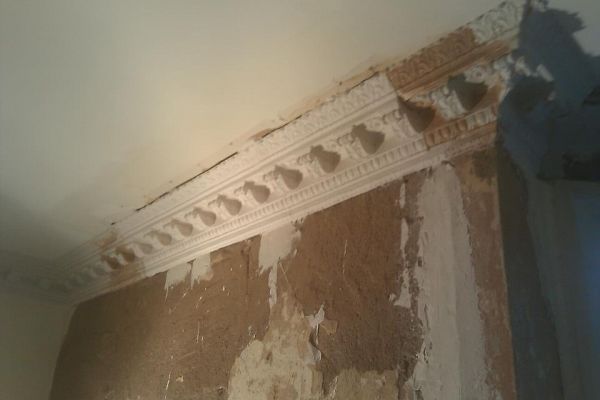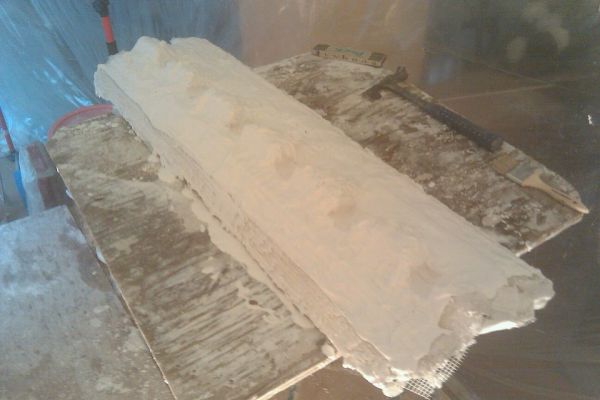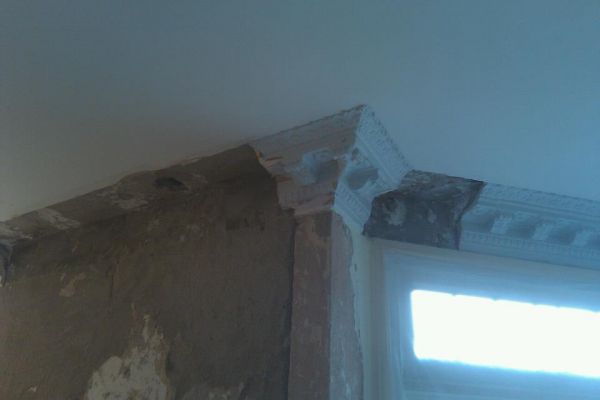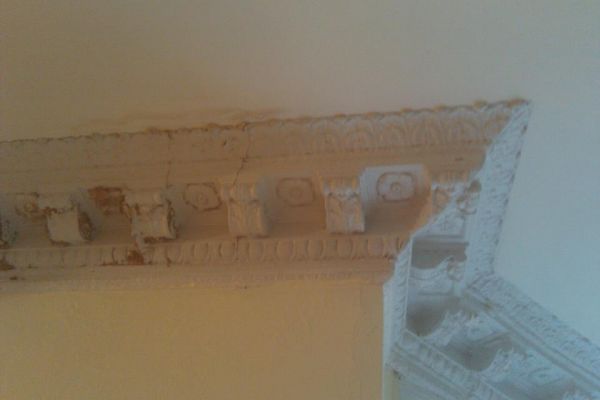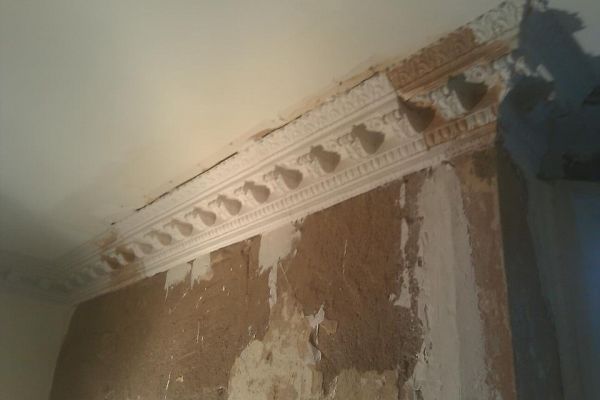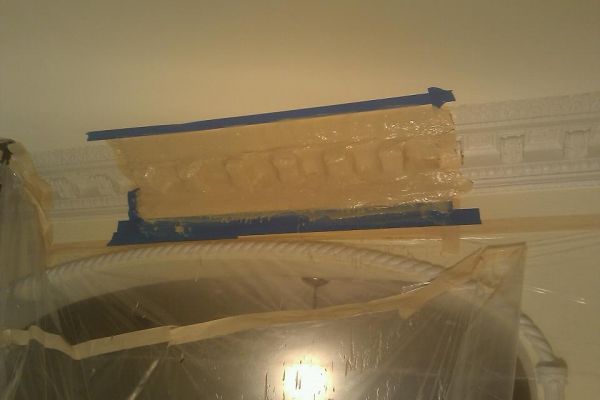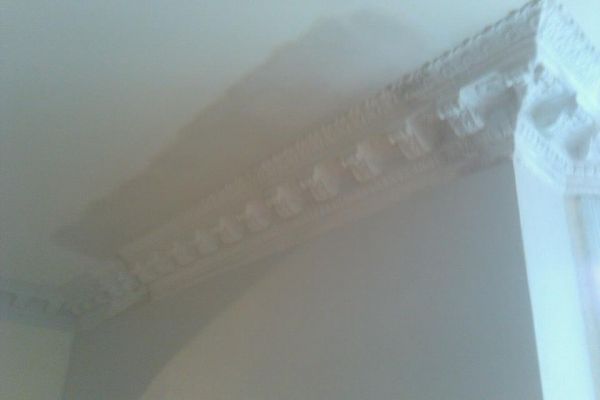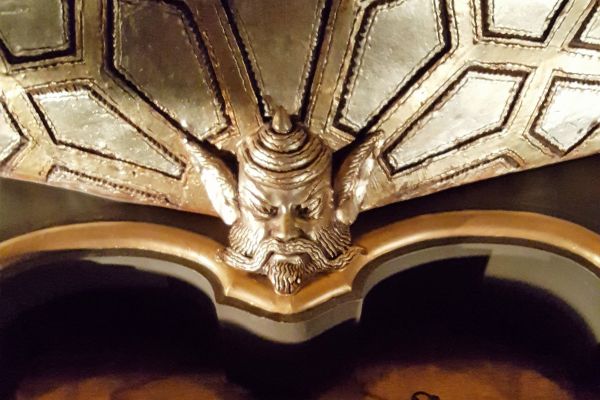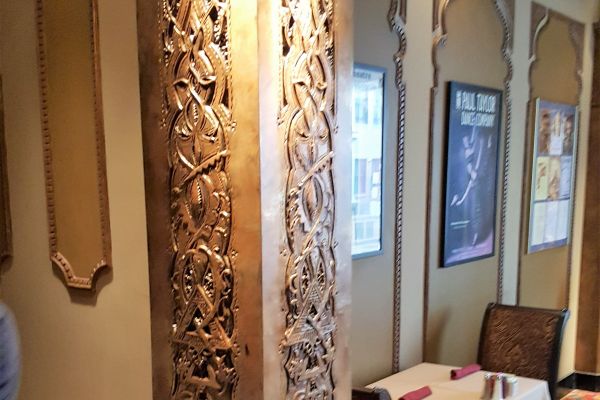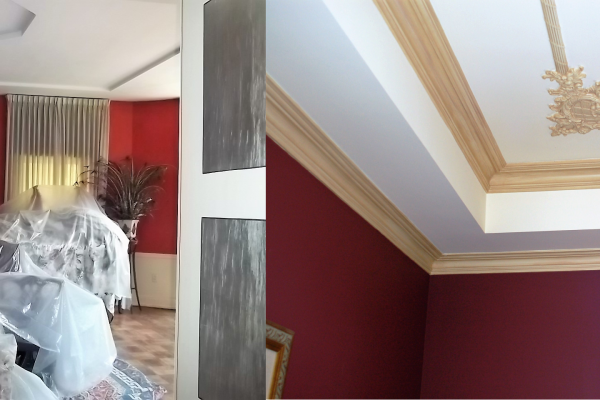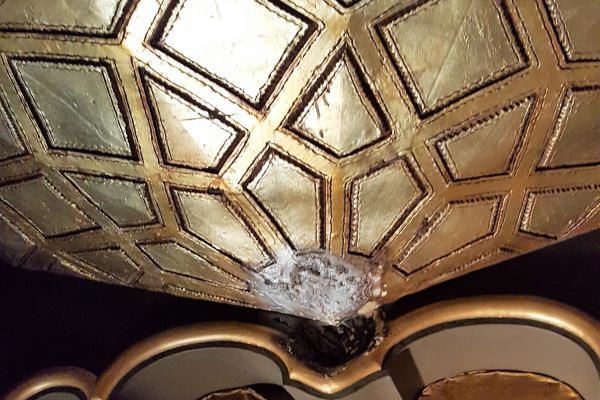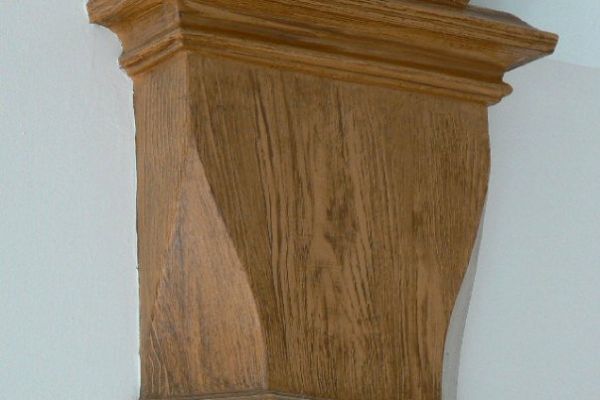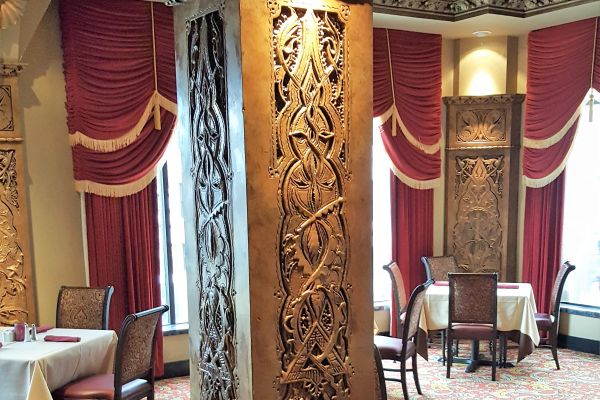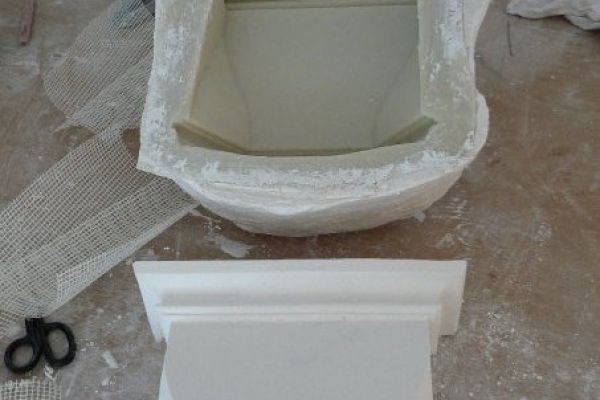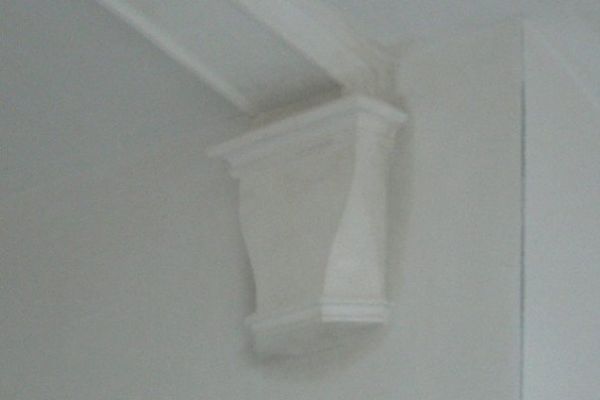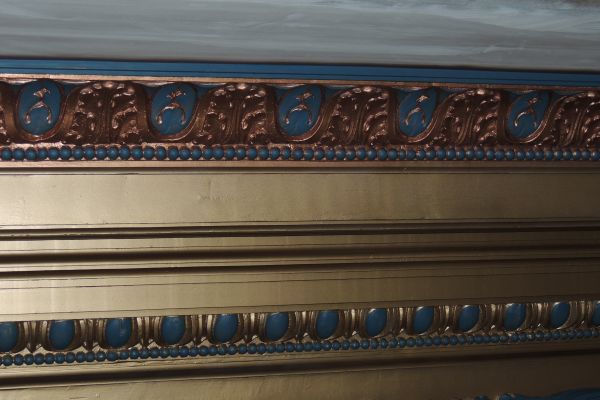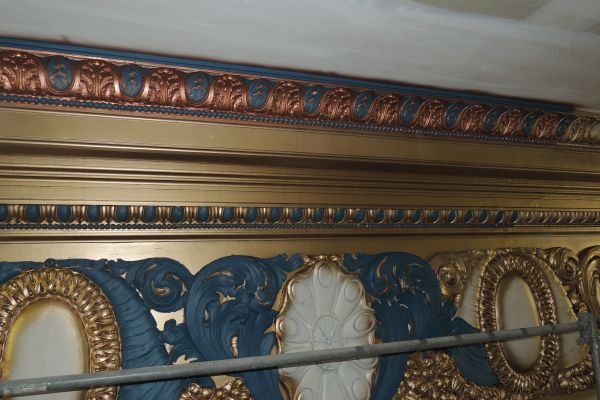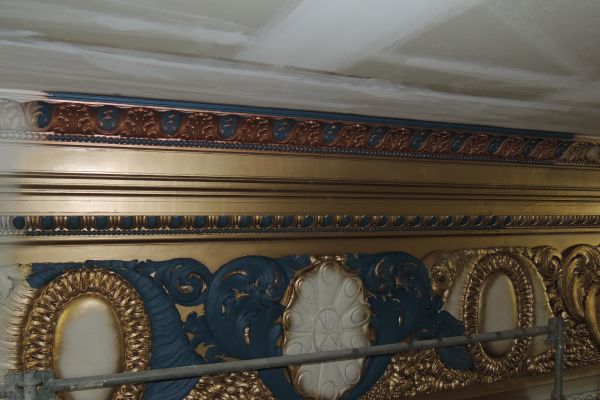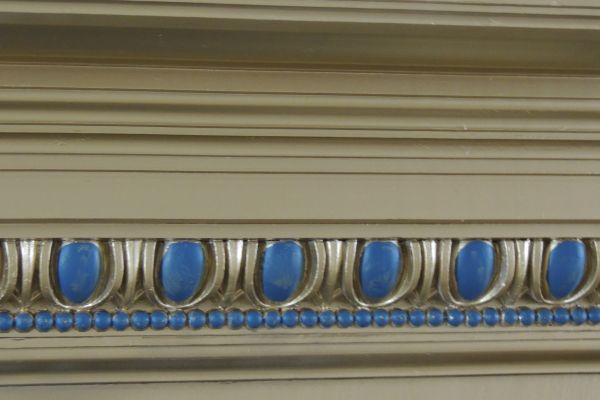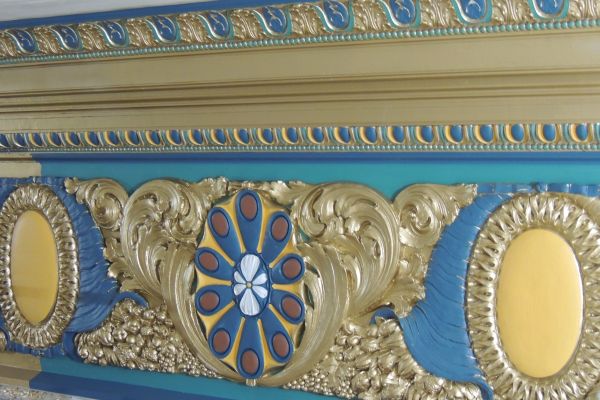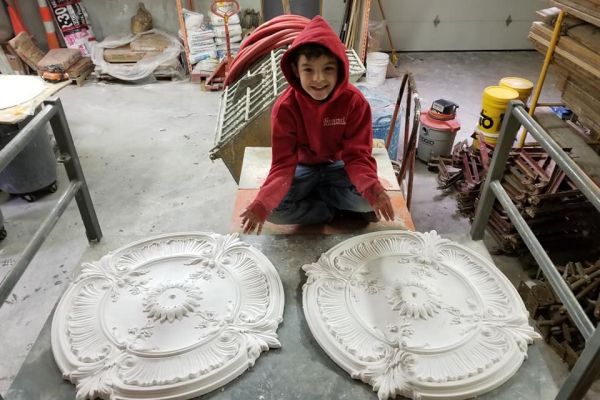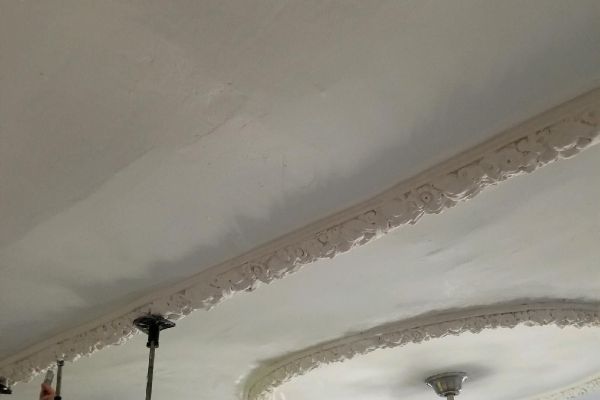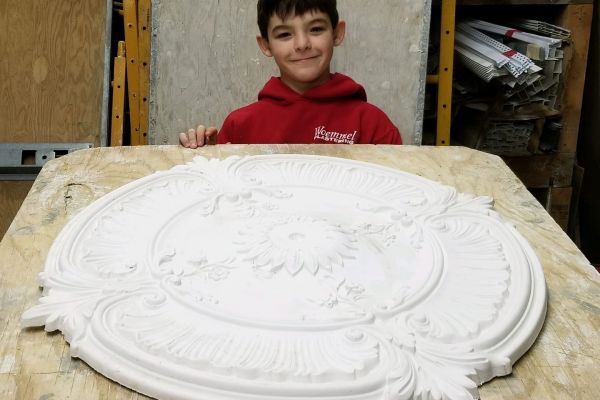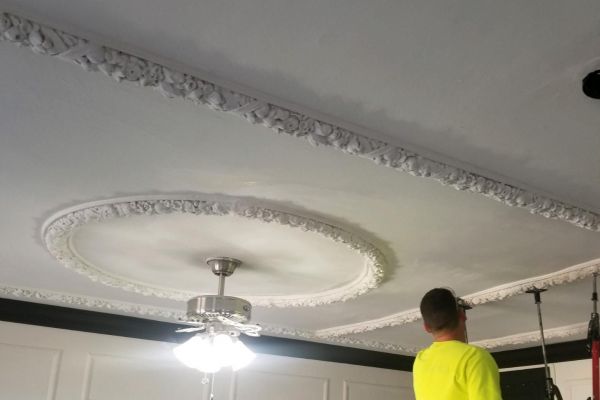Ornamental Plastering
Ornamental plastering, also known as jbplaster, adds a touch of elegance and artistic decor to any space. It transforms ordinary walls and ceilings into stunning works of art with plaster paint. This technique boasts various styles, from classic to contemporary, making it versatile for different tastes. Skilled artisans create intricate designs that elevate interiors and exteriors alike. Homeowners appreciate its durability and low maintenance, making it a smart investment.
In this listicle, you’ll discover the top benefits of ornamental plastering, popular styles to consider, and tips for choosing the right professional. Get ready to enhance your living space with beautiful plaster details. Scroll down for reviews of our top picks and find the perfect style for your home!
Key Takeaways
Explore different styles of ornamental plastering, like Arabesque patterns and Victorian ceiling roses, to enhance your home’s aesthetic appeal.
Consider incorporating Baroque cornices or Rococo scrolls for a touch of elegance in traditional settings.
Use Gothic Revival mouldings to add a dramatic flair to your interiors, especially in older homes.
Art Deco panels can bring a vintage yet modern vibe, making them perfect for contemporary spaces.
Neoclassical friezes and Renaissance cartouches can elevate the sophistication of any room, appealing to those who love classic design.
Modern geometric designs and contemporary abstract motifs are great for adding a unique twist to your decor, reflecting current trends.
1. Arabesque Patterns
Arabesque patterns create intricate designs that enhance the elegance of any room. These patterns feature flowing curves and geometric shapes, offering a unique aesthetic that stands out in home decor.
Traditional plastering techniques are essential for achieving these designs. Skilled artisans use their plastering skills to carve detailed motifs into the surface. The result is a textured finish that adds depth and character to walls and ceilings.
Incorporating Arabesque patterns can transform a plain space into a work of art. They draw inspiration from Middle Eastern and Mediterranean cultures, adding cultural richness to interiors. This artistic flair makes them popular in various styles, from contemporary to classic.
Statistics show that homes with decorative elements like Arabesque plastering often see an increase in perceived value. A study by the National Association of Realtors indicates that well-designed interiors can boost home resale prices by up to 15%.
Moreover, these patterns can be customized to fit individual tastes, making them versatile for any decor theme. Homeowners can choose colors and finishes that complement their existing design while ensuring high-quality craftsmanship.
In summary, Arabesque patterns not only beautify spaces but also reflect quality and artistry. Their unique combination of texture and design makes them a sought-after choice for those looking to elevate their home’s aesthetic.
2. Victorian Ceiling Roses
Victorian Ceiling Roses design stunning focal points that draw the eye upward in any space. These decorative elements add elegance and sophistication to modern interiors. Crafted from plaster, they feature intricate designs that often include floral motifs and ornate detailing.
The combination of these features creates a classic look that resonates with the grandeur of the Victorian era. Homeowners can choose from various sizes and styles, allowing for customization based on room dimensions and personal taste. For example, a large ceiling rose can serve as a striking centerpiece in a dining room, while smaller options work beautifully in cozy living spaces.
Installation of ceiling roses is relatively straightforward. They can be affixed to the ceiling using adhesive or screws, making it an accessible DIY project for many homeowners. Once installed, they can be painted or left in their natural finish to match existing decor.
Statistics show that homes featuring ornamental plastering elements like ceiling roses often see increased property value. A study by the National Association of Realtors indicates that well-designed interiors can boost home resale prices by up to 15%.
Incorporating Victorian ceiling roses evokes a sense of history and charm in modern homes. These pieces not only enhance aesthetics but also contribute to a warm, inviting atmosphere. They are perfect for those looking to blend contemporary style with traditional elegance.
3. Baroque Cornices
Baroque cornices create functional decor pieces that elevate any space. These ornate structures feature dramatic curves and intricate carvings, embodying the opulence of the Baroque style. They serve not only as decorative elements but also as a means to frame ceilings, enhancing architectural features.
The design of Baroque cornices includes bold, sweeping lines that draw the eye upward. This creates a sense of grandeur in rooms, making them feel larger and more luxurious. The use of decorative plaster finishes allows for various textures and patterns, adding depth to the visual experience.
Statistics reveal that homes with well-designed cornices can see an increase in property value by up to 15%. This makes investing in Baroque cornices not just an aesthetic choice but a smart financial decision as well.
Examples of these decorative finishes can be found in historical buildings across Europe. Many cathedrals and palaces feature elaborate cornices that showcase the craftsmanship of their time. The attention to detail in these designs is unmatched, with some pieces taking months to complete.
Incorporating Baroque cornices into modern spaces offers a unique decorative approach. They blend traditional artistry with contemporary interiors, creating a striking contrast. Homeowners seeking to make a statement will find that these cornices provide both beauty and functionality.
4. Rococo Scrolls
Rococo scrolls stand out for their playful elegance and intricate designs. These ornamental plastering features showcase swirling scroll patterns that embody the charm of the Rococo style.
The hallmark of Rococo scrolls is their asymmetry. Unlike rigid classical designs, these scrolls offer a sense of whimsy. They blend ornate details with fluid shapes, creating a lively visual appeal. This unique characteristic allows them to capture the essence of the Rococo period, which celebrated creativity and exuberance.
Rococo scrolls are versatile in application. They serve as whimsical accents in both traditional and contemporary settings. For example, a modern living room can benefit from the addition of these scrolls on ceiling cornices or wall panels, adding a touch of sophistication without overwhelming the space. In contrast, historical restorations often utilize Rococo scrolls to maintain authenticity and enhance architectural beauty.
Statistics show that ornamental plastering, including Rococo scrolls, can increase property value by up to 15%. Homeowners appreciate the craftsmanship and aesthetic appeal these features bring to their properties.
In summary, Rococo scrolls provide a striking way to incorporate artistry into any environment. Their smooth finish enhances the overall look while offering a glimpse into a rich artistic heritage.
5. Gothic Revival Mouldings
Gothic Revival mouldings feature pointed arches and intricate tracery that reflect the essence of Gothic architecture. These designs create a dramatic effect in any space, enhancing the overall aesthetic.
Dark, rich textures characterize these plaster moldings. They evoke a sense of mystery and drama, making them ideal for creating a captivating atmosphere. The use of quality plaster ensures durability while maintaining an authentic appearance.
Incorporating Gothic Revival mouldings adds historical depth to interior spaces. These elements serve as a conversation starter, inviting admiration and intrigue from guests. Homeowners can choose elegant ceiling moldings that not only beautify but also elevate the character of their rooms.
Statistics show that homes with unique architectural features tend to have higher market values. For instance, properties showcasing traditional plaster techniques can see value increases of up to 10%. This investment pays off, especially when considering the timeless appeal of Gothic design.
Examples abound in historic buildings where these mouldings have been preserved or replicated. Modern adaptations continue to honor this style while incorporating contemporary materials.
In summary, Gothic Revival mouldings enrich interiors with elegance and depth. They combine artistry with functionality, making them a worthy consideration for any renovation project.
6. Art Deco Panels
Art Deco panels stand out as artistic wall panels that transform spaces with their unique designs. These panels feature bold geometric shapes and vibrant colors, bringing a modern twist to traditional decor.
Using these textured wall panels creates striking visual statements in any room. They enhance the aesthetic appeal and serve as focal points that draw attention. The combination of luxury materials with streamlined designs adds sophistication to interiors.
Art Deco panels are not just decorative elements; they are also functional. They can conceal imperfections on walls, providing a sleek finish that elevates the overall look of a space. Custom wall art made from these panels allows for personalized designs tailored to individual tastes.
Statistics show that homes with well-designed decorative wall finishes can increase property value by up to 15%. This makes investing in Art Deco panels a smart choice for homeowners looking to enhance their living spaces.
Incorporating these decorative items into your interior design can change the ambiance significantly. Whether used in living rooms, dining areas, or bedrooms, they provide an artistic touch that complements both classic plaster and modern paint styles.
7. Neoclassical Friezes
Neoclassical friezes showcase classical themes with intricate, symmetrical designs. These decorative elements often feature mythological references that transport viewers to ancient times.
The use of clean lines and muted colors in Neoclassical friezes conveys a sense of timeless elegance. This style emphasizes simplicity while incorporating grandeur, making it a popular choice for both residential and commercial spaces.
Integrating Neoclassical friezes can significantly elevate the sophistication of walls and ceilings. They can transform an ordinary room into a stunning visual experience. For instance, a living room adorned with these friezes can create an atmosphere reminiscent of classical architecture.
Statistics show that homes featuring Neoclassical elements often see increased property value. A study from the National Association of Realtors indicates that classic architectural styles appeal to buyers, enhancing marketability.
Plaster finishes play a crucial role in this aesthetic. Using polished plaster finish enhances the overall look, giving walls a smooth and refined appearance. The versatility of mixed plasters allows for creative applications, ensuring that each installation is unique.
Many artisans specialize in creating these fantastic plaster designs. Websites like jbplaster offer resources and inspiration for homeowners interested in incorporating Neoclassical friezes into their decor.
8. Renaissance Cartouches
Renaissance cartouches serve as decorative frames that feature intricate artwork and inscriptions. These elegant designs often showcase mythological figures, floral patterns, or heraldic symbols. Each cartouche tells a story, celebrating the artistry and craftsmanship of the Renaissance period.
Cartouches were not merely decorative; they held significant meaning. They often commemorated important events or individuals. For instance, many were created to honor nobility or to mark significant achievements in history. Their placement in grand interiors elevated the entire space, making them focal points of admiration.
These statement pieces can transform any room into a luxurious setting. In palaces and cathedrals, cartouches adorned ceilings, walls, and even furniture. The attention to detail in these artworks is remarkable. Skilled artisans spent countless hours perfecting each curve and line, ensuring that every piece was unique.
Statistically, homes featuring Renaissance-inspired decor see a rise in value by approximately 15%. This trend emphasizes the importance of incorporating historical elements into modern design.
In contemporary settings, cartouches can be used to create a sense of elegance and sophistication. They blend well with various design styles while adding a touch of history. By integrating Renaissance cartouches into your decor, you celebrate not only the artistry of the past but also enhance your living space’s aesthetic appeal.
9. Modern Geometric Designs
Modern geometric designs in ornamental plastering showcase sharp angles and minimalist aesthetics. This style adds a contemporary look to any space. Home design trends favor these clean lines, making them popular in interior decoration.
Bold colors and patterns enhance visual interest. Designers often use contrasting hues to emphasize geometric shapes. For example, a room with white walls can come alive with vibrant blue or yellow plaster accents. This approach reflects current trends in home decor, creating dynamic spaces that capture attention.
Geometric plastering is not just about looks; it also serves practical purposes. The versatility of plaster as a material allows for intricate designs that can withstand wear and tear. Its durability makes it ideal for high-traffic areas, ensuring long-lasting beauty in your home.
Incorporating decorative bowls into the design can further enhance the aesthetic appeal. These elements complement the geometric patterns, providing balance and texture. Home decor plans that include such features create a cohesive look throughout the space.
Home plaster design using modern geometric styles meets various home decor needs. It caters to those seeking a contemporary feel while maintaining functionality. This blend of art and practicality defines the essence of modern interior spaces.
10. Contemporary Abstract Motifs
Contemporary Abstract Motifs emphasize artistic expression through freeform shapes and unconventional patterns. These designs allow for creativity in ornamental plastering, setting them apart from traditional styles.
Using various textures and finishes creates a layered effect that enhances visual interest. For instance, combining smooth surfaces with rough textures adds depth to walls or ceilings. This approach not only captures attention but also invites touch, making spaces feel more inviting.
Incorporating these motifs into interior design allows homeowners to personalize their spaces with unique flair. The versatility of contemporary abstract motifs means they can fit various styles, from minimalist to eclectic. They can be used in living rooms, bedrooms, or even commercial spaces to create a memorable atmosphere.
Statistics show that personalized spaces can significantly impact mood and well-being. A study by the University of Exeter found that people who engage with creative environments report higher levels of happiness and satisfaction.
Using ornamental plastering with abstract motifs can increase property value. Homebuyers often seek unique features that stand out in the market. Investing in such designs can yield a higher return on investment when selling a home.
Explore contemporary abstract motifs to transform your space into a work of art that reflects your personality and style.
Closing Thoughts
Ornamental plastering is more than just decoration; it’s an art form that transforms spaces. From intricate arabesque patterns to sleek modern designs, each style offers unique charm and character. You can elevate your interiors with these timeless techniques, adding depth and sophistication to any room.
Explore these styles and consider how they can enhance your home or project. Dive into the world of ornamental plastering and let your creativity flow. Don’t just settle for plain walls—embrace the beauty that plastering brings. Start your journey today and see how these stunning designs can redefine your space.
Frequently Asked Questions
What is ornamental plastering?
Ornamental plastering involves creating decorative designs on walls and ceilings using plaster. It enhances aesthetic appeal, adding character and elegance to spaces.
How do I maintain ornamental plasterwork?
Regular dusting and gentle cleaning with a damp cloth are essential. Avoid harsh chemicals to preserve the integrity of the plaster.
Can I install ornamental plaster myself?
While DIY installation is possible, hiring a professional ensures quality and precision. Skilled artisans can achieve intricate designs that may be challenging for beginners.
What styles are popular in ornamental plastering?
Popular styles include Arabesque patterns, Victorian ceiling roses, and Art Deco panels. Each style offers unique aesthetics suited to various interior themes.
Is ornamental plastering expensive?
Costs vary based on design complexity and installation. While it can be an investment, the beauty and value it adds to your property often justify the expense.
Can ornamental plastering be used outdoors?
Yes, certain types of ornamental plaster can be used outdoors. However, ensure they are suitable for exterior conditions to prevent damage.
How long does ornamental plastering last?
With proper maintenance, ornamental plasterwork can last for decades. Quality materials and skilled application significantly enhance durability.
